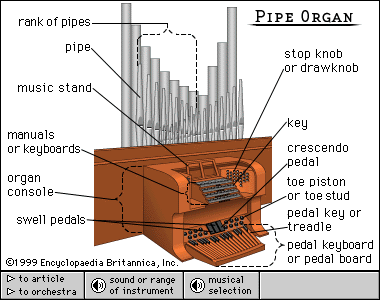The harmony of the spheres
The harmony of the spheres is an ancient theory of Pythagorean origin, based on the idea that the universe is governed according to harmonious numerical proportions and that the movement of the celestial bodies according to the geocentric representation of the universe - the Sun, the Moon and the planets - is governed according to musical proportions; The distances between planets correspond, according to this theory, to the musical intervals.
The Greek expression harmony tou kosmou translates as "harmony of the cosmos" or "universal music"; The word harmony is here understood by the good proportions between the parts and the whole, in a mathematical but also "esoteric" sense, according to Pythagorean mysticism. The word music (mousikê) refers to "the art of the Muses" and "Apollo", that is, "the culture of the artistic or scientific spirit." The term "spheres" is of Aristotelian origin and designates the area of influence of a planet (Treaty of Heaven).
The theory of the harmony of the spheres of the Pythagoreans is documented in ancient texts2 from Plato (The Republic, 530d and 617b, Crito, 405c) and above all Aristotle (Treaty of Heaven, 290b12). This theory continued to exert influence on great thinkers and humanists even until the end of the Renaissance.




